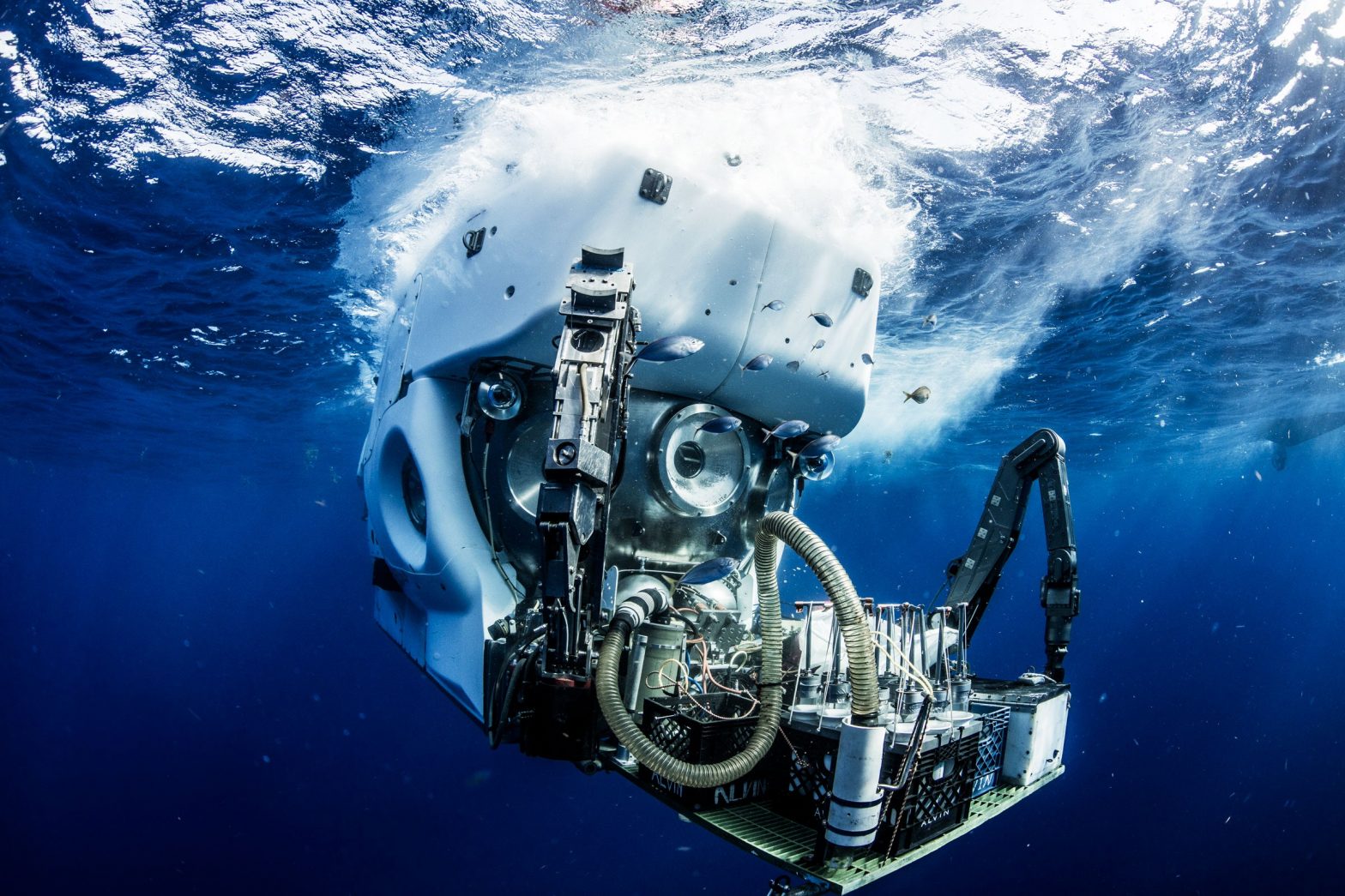Did you know that there are parts of the ocean contain little to no oxygen? Due to this, there are no plants or aquatic animals that can live there. However, this type of environment is preferable to some microbes, and those are one of the places wherein they strive.
Because of climate change, these unique ecosystems continue to expand and strive. This is something that concerns fisheries and other locations that are dependent on seas rich in oxygen for livelihood and other aquatic activities.
But what piques the interest of a noted biogeochemist, Morgan Raven, is the continuous change of the chemicals in the sea and how it moves carbon from the atmosphere to rocks, which are noted to be long-term storage for carbon.
In waters with high oxygen, carbon is moved by the balance of the ecosystem and its food processes. Most of the time, the processes involve zooplankton that photosynthesizes at the surface of the water. However, if the planktons aren’t eaten by bigger animals, they delve deeper to excrete organic carbon and take in carbon dioxide.

